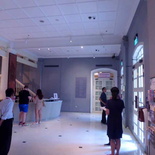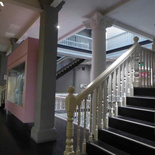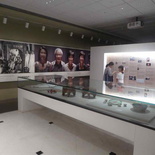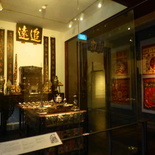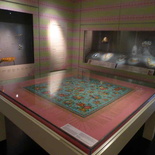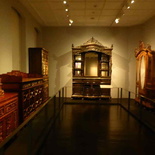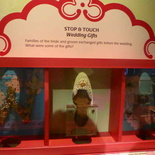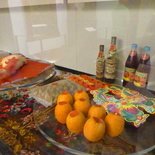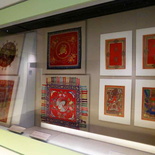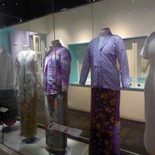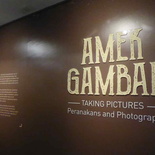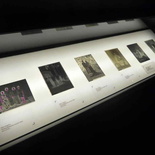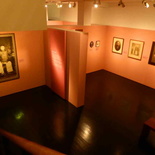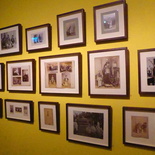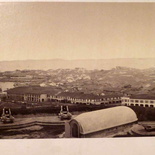The Peranakan Museum Singapore is a cultural museum. The museum is managed by the Singapore National Heritage Board and is the first of its kind in the world. It is located along 39 Armenian St and is easily accessible after a 10 minute walk from the nearest public transit access. City Hall and Bras Basah MRT station are the two closest MRT stations.
A couple of bronze statues sit at the front entrance gate. The road in front of the museum is now know as an “arts district“. Also, now, it is a dedicated pedestrian walkway known to house carnival and events, and is permanently closed to road traffic.
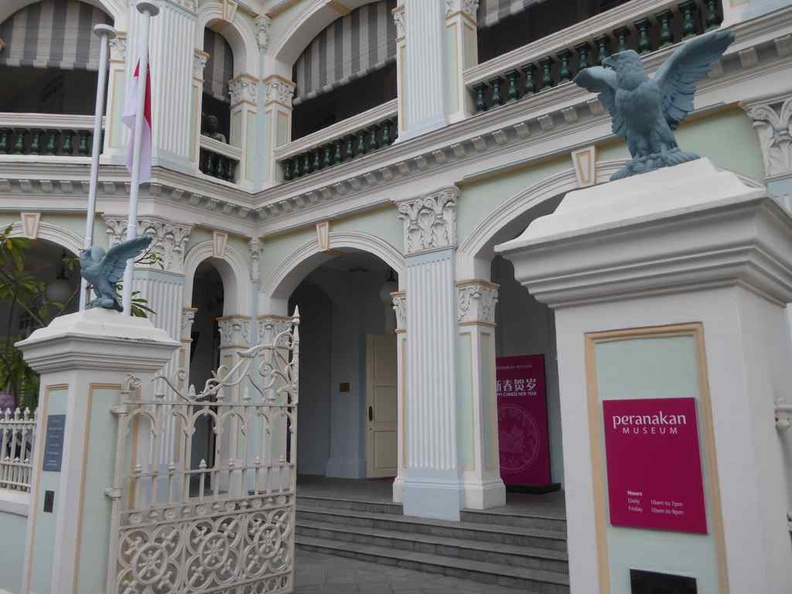
The museum used to be a school
A museum focused on history also has a history of it’s own. Before being a dedicated Peranakan Museum, the building used to be a school. It is part of the old Tao Nan school building. The museum officially opened in 1995. However, it served a different focus as an extended wing to the Asian Civilizations Museum housing an artifact collection.
Moreover, the current museum was officially opened on April 25, 2008. Also, it is home to ten permanent galleries within it three floors. It opens from 10:00 to 7:00pm daily. Also, notably, it used to be a sister museum to the Asian Civilisations Museum (ACM). It is situated along the Singapore river beside the Singapore Parliament.
Moreover, greeting you at after the entrance double doors is the Museum reception and ticketing counter. It sits at what used to be a ground floor courtyard of the building which is air-conditioned in entirely now. Just like any Singapore museum managed by the National Heritage Board, admission to the museum is free for Singaporeans and permanent residents. Just produce your identity card at the counter to obtain a museum entry sticker.
What is Peranakan?
The Peranakan museum, aims to showcase the background history, origins, traditions and way of life of the early Peranakan people. The term “Peranakan” comes from a Malay word anak or child. It is loosely translated as “local-born” or raised in a land not necessarily considered native or originated from.
Furthermore, the museum galleries spans across three floors. It houses collection of historical and donated items. It is not a big museum to begin with which and won’t take an entire day to explore

The immediate on the ground floor is an introductory gallery. It paints their origins as mostly settlers from early Traders from all over the ancient world. Moreover, they came to Southeast Asia, with is a world wide entrepôt and crossroads for trade from time immemorial.
Many of these trader settlers only stayed in Singapore short-term. Some ended up marrying local wives and remained in Southeast Asia. Henceforth, their descendants are the ancestors of the Peranakans. Here, various info-graphics display the early routes of travel of the early ancestors. They journeyed to Singapore and the neighboring Malaya region before calling their home.
Moreover, the Peranakans are very diverse. Notably, there are also Peranakan communities of other ethnicities in Southeast Asia, including Arab, Indian, and Eurasian. However, the Chinese Peranakans are the majority.
Furthermore, complimenting these starting galleries are notable meentions of prominent Peranakan people and celebrities in Singapore. This includes notable icons such as author Josephine Chia and singer Dick Lee.
Household collections
Furthermore, the social demographic of Peranakan in Singapore is often traders and those well to-do. Hence, the collection comprise mainly of exquisite and expensive treasures from a yesteryear.
These are all displayed right here in the museum. Moreover, the upper galleries houses a mixed selection of personal belongings, furniture and household items of an era forgone. Additionally, the second level of the museum houses items representative of the majority Peranakan Chinese.
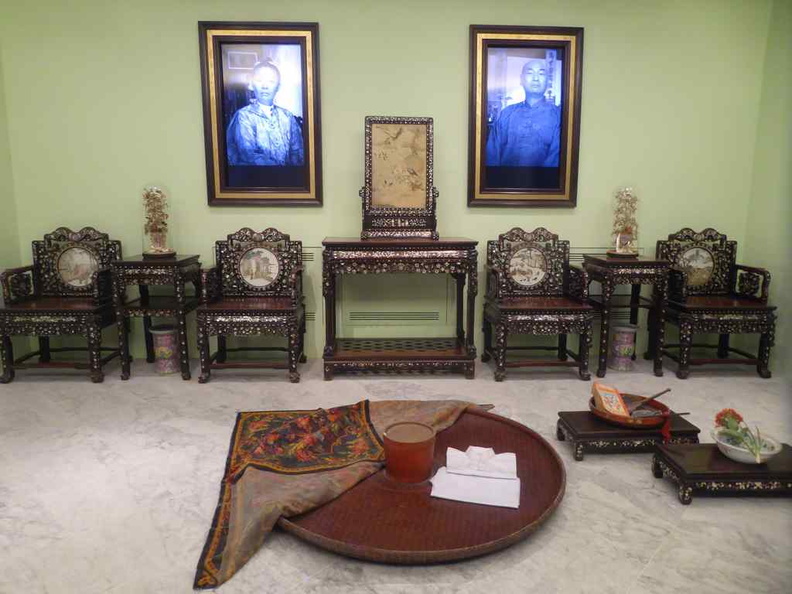
Moreover, there is a strong focus of the Peranakan Chinese community. These include topics on language, fashion, religion, food, public life. Here, stories foretold of the Coming of age, otherwise known as Chiu Thau. Also there are other practices such as the exchange of gifts (Lap Chai) during ceremonies. Interestingly, mothers of households usually run the family as a matriarchal household.
Peranakan Religions
Additionally, are galleries covering Peranakan Chinese religion. Here, you are introduced to traditions such as the Kitchen God being a household deity.
Also, the Peranakan Chinese has a diverse mix of folk beliefs and ancestor worship. It includes beliefs in Confucianism, Taoism, and Buddhism. Moreover, these followings have origins from their fore bearers, who brought these teaching along with them from Southern China.
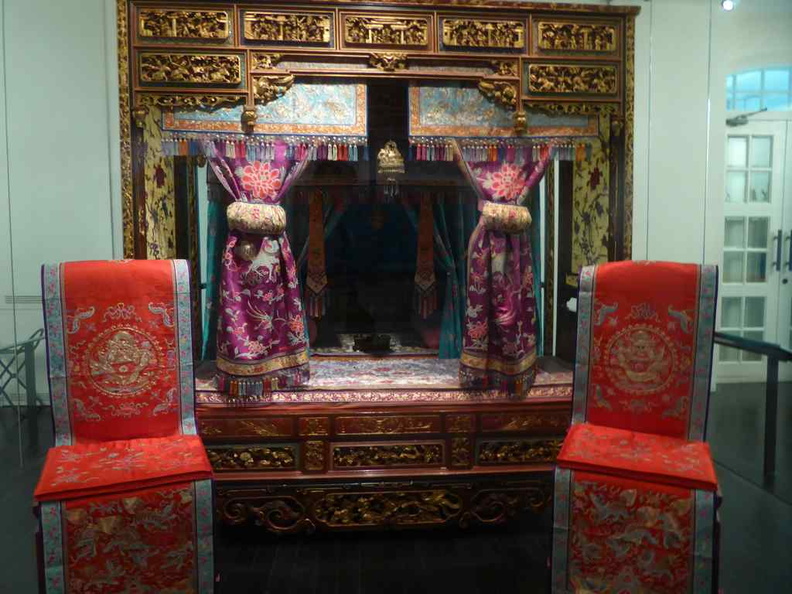
Lastly, the top level 3 floor houses miscellaneous collection of whatever is left to share about the Peranakan Life. Here, you find recreations of a typical household kitchen and living areas, complete with praying altars. Also, here, you can find traditional hand-crafted Redteak wood furniture on display.
Nonya Food and Feasting
The Peranakan are very diverse people, people who are very proud of their rich historical traditions. Also, this includes their food. Peranakan Nonya food synonymous to food delicacies in Singapore. Examples includes entire selections of Nonya cakes as well Achar (pickled meats and vegetables), Ayam buah keluak (black nut with chicken), Mee Siam and Asam Laksa.
Also, other food classics includes Ngoh Hiang (minced pork spring rolls with prawns) and chap chye (a mixed vegetable stew). The foods are also typically a staple in weddings. It can make your mouth water browsing the galleries.
Moreover, there is also a gallery focused on wedding processions. In the upper galleries, you can find an reenactment of a traditional Peranakan wedding ritual.
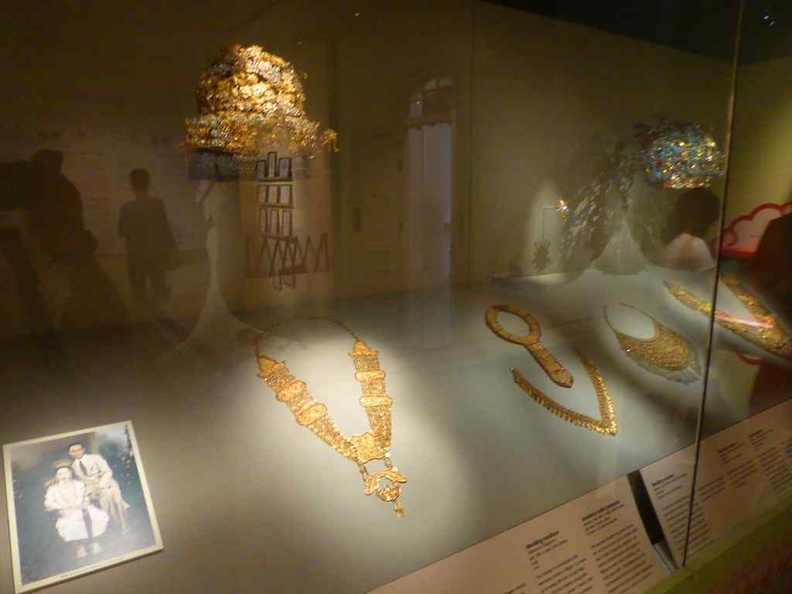
Additionally, this includes mannequins dressed in ceremony processional attire complete with ceremonial chairs and umbrellas. Also, the Peranakans of Malacca and Singapore predominantly uses these bridal wedding garments. They were typically in-fashion from the late 19th to the early 20th century.
Moreover, language is an intrinsic part of Peranakan community. It give them the life and identity which is instantly recognizable. Here, languages includes Baba Malay, Penang Hokkien, or Bahasa Indonesia.
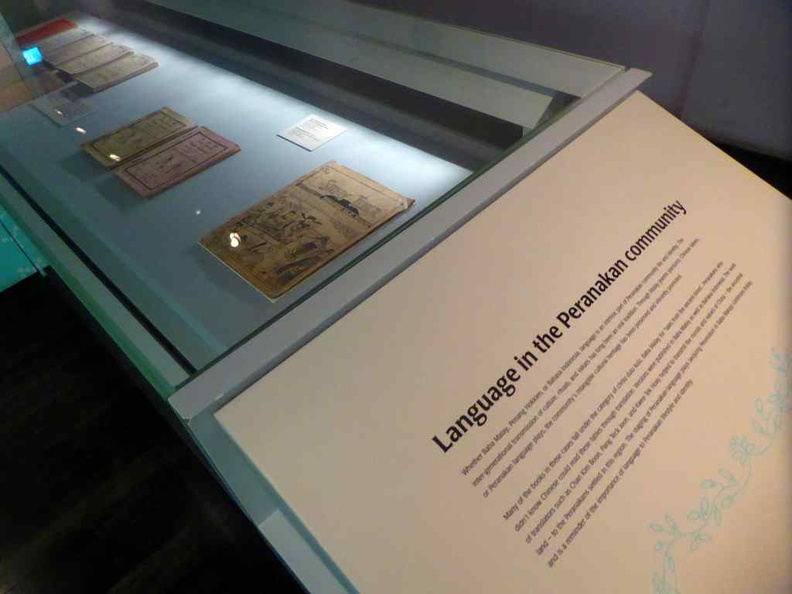
Temporary galleries
To wrap it on galleries, in addition to the permanent galleries is a temporary gallery devoted to early photography in Singapore. On showcase are various early photos of Singapore. Also, interestingly, the photographs were donated by wealthy families who could afford to commission such photographs in the early days.
Additionally, you can learn how the Singapore National Archives restores the print photos and negatives displayed in the galleries. Info-graphics and videos here elaborate how the photos here were cleaned and sealed in climate-controlled photo frames. Notably, it minimizes the humidity damage to the artifacts.
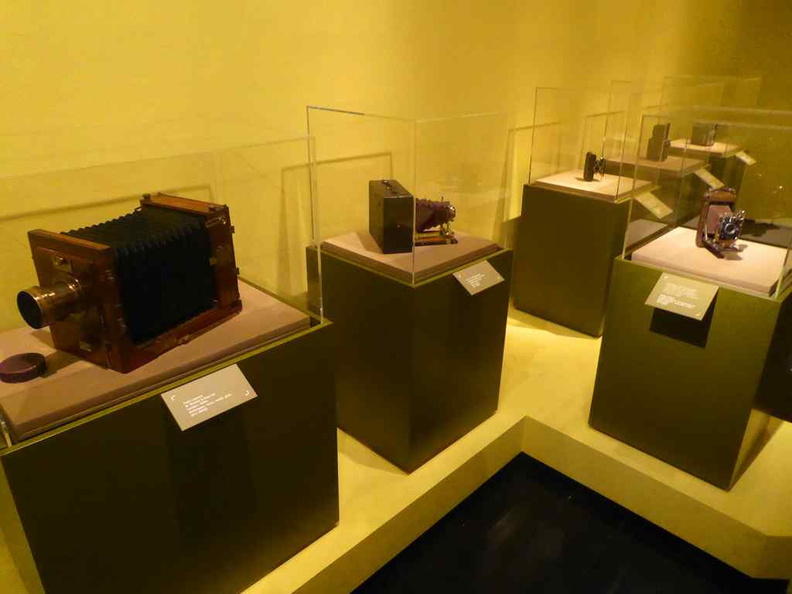
All in all, a visit to the Peranakan museum is good for about 2 to 3 hours tops. Also, the galleries are not large enough to warrant a full day. Hence, allowing you to check out the other museums here in the Singapore arts district.
Museum to close from 1st April 2019
The Peranakan Museum, together with the Singapore Philatelic Museum will be closed from Apr 1st 2019. They are set to re-open in mid-2021. Also, the 2 year closure is due to to a planned major renovation, redevelopment and revamp of the galleries. The National Heritage Board official plans are to “refresh the museums infrastructure, content and offerings to enhance the visitor experience for Singaporeans“.

